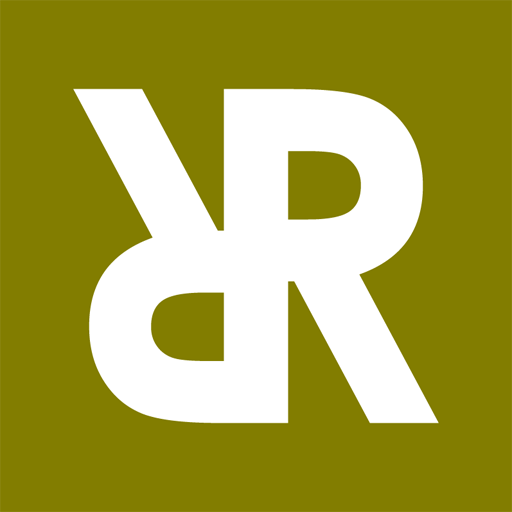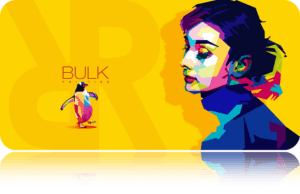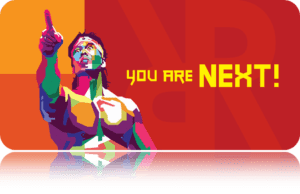Develop a Printing Plan for Your Next Custom Book
 When it comes to books, for the avid reader, one probably thinks of novels, but there are all sorts of books: textbooks, manuals, business biographies, family histories, employee handbooks, guidebooks, and so forth. Whether mass printed or custom designed books, every one of them needs to be printed.
When it comes to books, for the avid reader, one probably thinks of novels, but there are all sorts of books: textbooks, manuals, business biographies, family histories, employee handbooks, guidebooks, and so forth. Whether mass printed or custom designed books, every one of them needs to be printed.
Like the contents, a lot of thought needs to go into custom book building process and its outcome. Replica San Diego Digital Print & Copy can teach you how to make and print your own book. Deciding on every specification you need and want, and understanding a bit of the lingo of a printer, will help you get the final result you want.
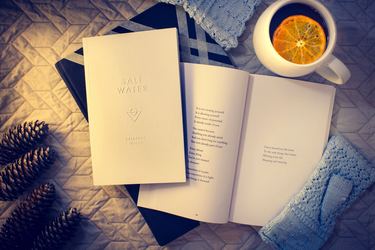 Cover
Cover
Remember the old adage, “You can’t judge a book by its cover?” While that may be true, what is also true is that the cover is the first representation of any book. You will want to choose the weight of the cover, whether it should be in full color or black & white, and if the paper should be coated or UV-laminated for protection. Generally, covers are heavier weight than the inside pages. For printing estimates and costs, the cover is not included in a page count for the book.
Sizing
A printing company can accommodate most any size or dimensions of a book. However, utilizing the more common paper sizes will be more cost-effective. Ask for those sizes during the onset of your printing consideration. Printers have and utilize different types of printing equipment. As such, what a particular printer may offer as standard can vary.
The final dimensions are also called the “trim size.” As you would refer to 8.5″ x 11″ paper, when talking with the printer, remember to utilize the width first, and the height second. To confirm you may wish to say 8.5″ wide x 11″ tall.
 Paper
Paper
As with the cover, there are a variety of paper options, some of which may be dependent upon your sizing – plain white, textured, such as linen, the thickness, and so on. Your choice in paper will depend upon, in part, your choice of cover. You wouldn’t want to go all out on the cover and have the inside pages pale in comparison.
Your audience also influences the best way to make and print your own books. If a custom book is for students or employees, you may choose a plainer paper than in a book for presentation.
Basic paper can allow for notes to be made in the margins and additions, and protective coated finishes protect the pages from wear and tear from one set of hands to the next.
Black & White or Color
You will also have to choose if the content will be all black on white, or whether you want to utilize color. Some custom books may contain a few color pages, with a majority being black & white. When learning how to make and print your own book, it is important to consider the details that go into book building. For example, color ink is more expensive, so limiting its use is more cost effective.
When utilizing color, on certain pages or the cover, you will also need to know if the color extends to the edge of the page, called a “full bleed,” or only within the normal parameters of the written page. A full bleed requires a larger piece of paper to create.
Book Binding & Building
Replica knows how to make the right binding choice when you choose to print your custom book and offers a variety of book binding techniques. Thermal or tape binding is the most permanent type. This can be used for books two inches thick or less. It is great for presentations, biographies, proposals, and reports. It is permanent, so no pages can be added, or deleted, later.
Velo binding is most often utilized in the legal world, but also in finance and other facets of business. It is a very durable binding that is difficult to tamper with and it can be utilized for publications with a larger page count.
Comb and coil bindings are easy to use for continual access. They lay flat when opened and can be designed to fit most any size paper. Less thick publications can also be saddle-stitched with heavy-duty large staples.
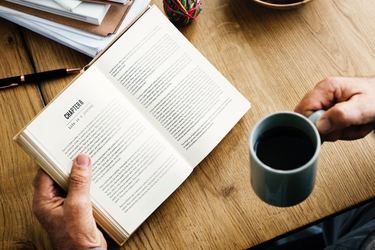 Page Counts & Quantity
Page Counts & Quantity
After making the above decisions, you will be able to accurately come up with your page count. The page count contains all pages within the book, including any title page, table of contents and pages left intentionally blank. It doesn’t matter how you page number the book, it is the actual total amount of pages that is important to the printer. For the printer, a sheet of paper has two pages, the front and the back, both of which will need to be printed for most cases. There will be twice as many pages in your book as there are sheets.
You will also have to determine the number of custom books you would like published. Smaller runs may take place on a digital printing press, while larger runs need an offset press to accommodate the volume. The larger the run, the lower the cost per item, however, printing what you may not need in the long run, would, of course, be wasteful. Printing on a digital printing press generally has lower setup costs, but if you’re requesting a large quantity of books to be printed, it is most likely more economical to send the project to the offset press, even with its higher setup costs.
No matter the content, shape, and size of your custom book, Replica San Diego Digital Print & Copy is happy to help you with your book building needs. Our friendly and experienced staff will take you through each step of the process and make sure we have a full understanding of your project and the result you desire. Whether you are in the neighborhood, or across the country, we offer the finest quality work for your book printing and binding needs.
[vfb id=1]